Info
Subfamily: Panicoideae
Genus etymology: Chrysopogon = "yellow beard" [Greek] refering to the golden hairs on the florets
Species etymology: aciculatus = "small needle" [Latin] referring to the very sharp callus
Photosynthetic type: C4 (warm season)
Nativity: indigenous
Legal status: USDA - noxious weed
Map
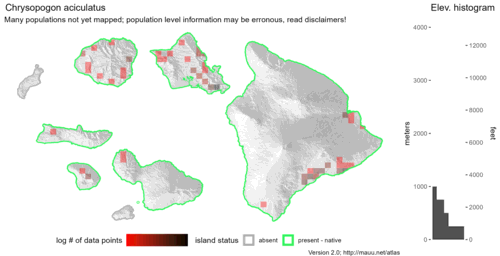

Inflorescence
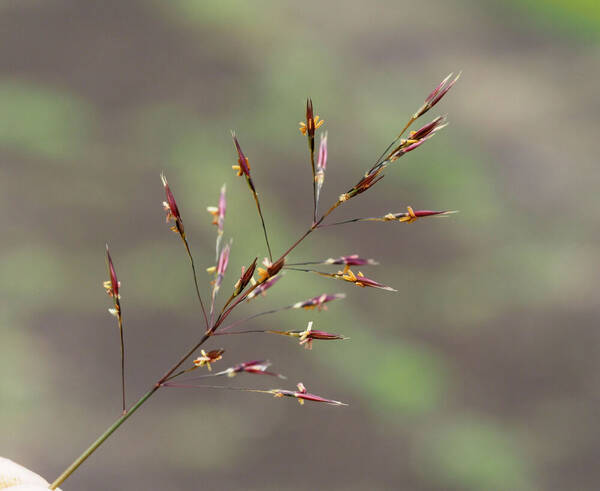
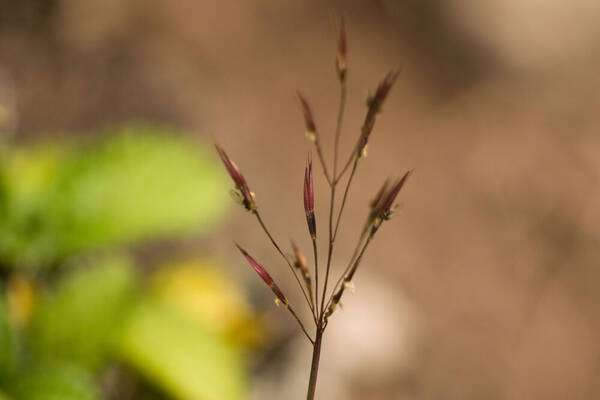
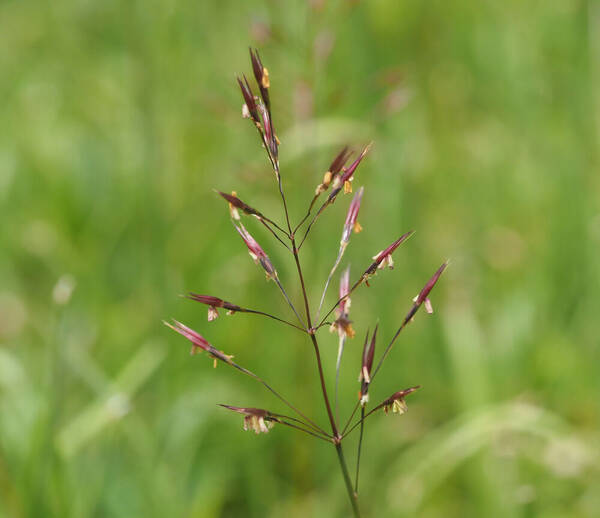
Plant
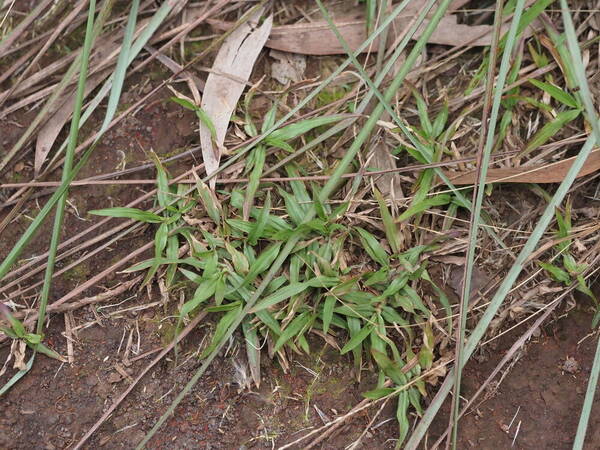
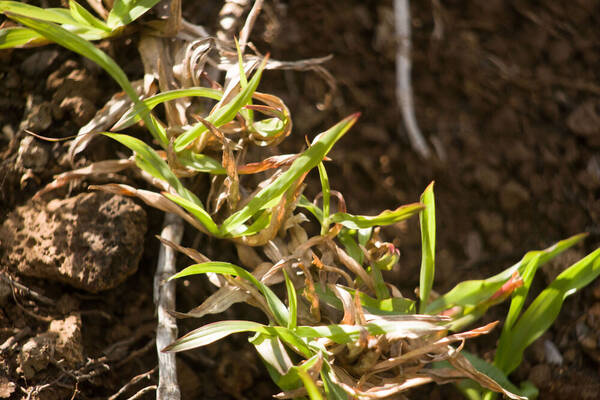
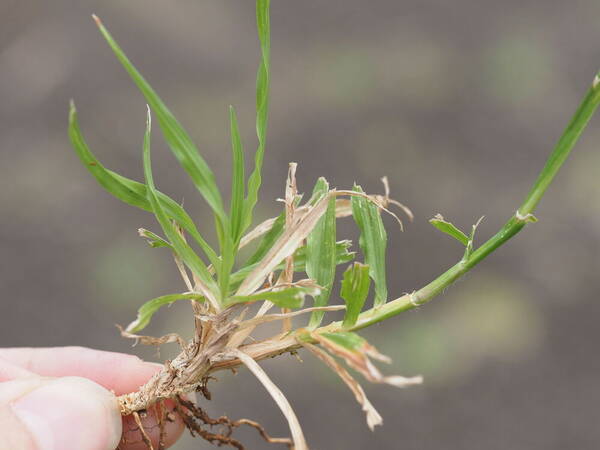
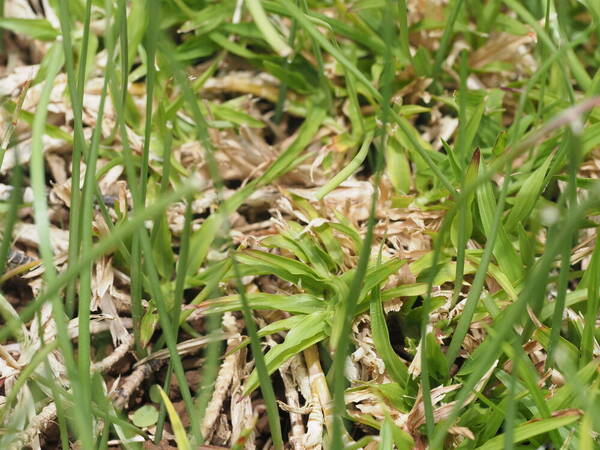

Habit

Spikelets

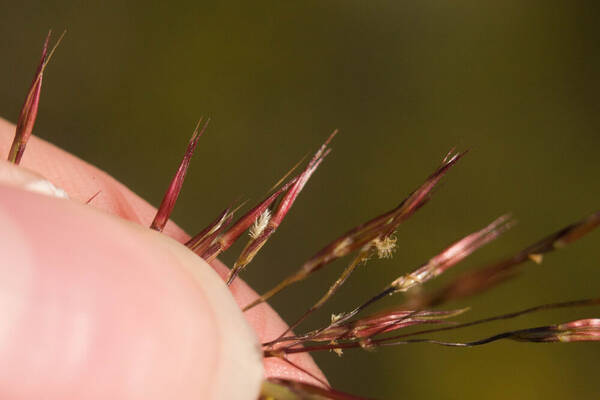
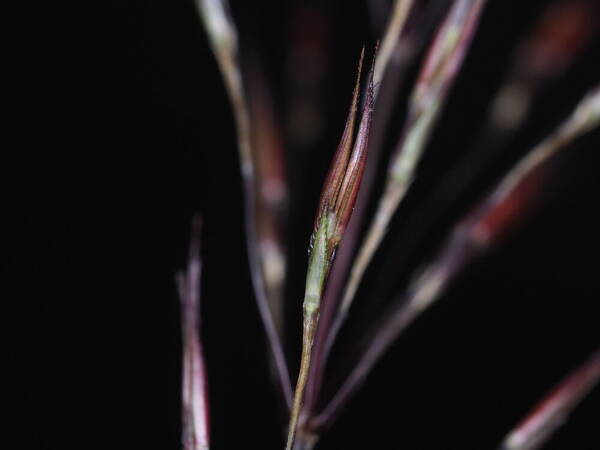
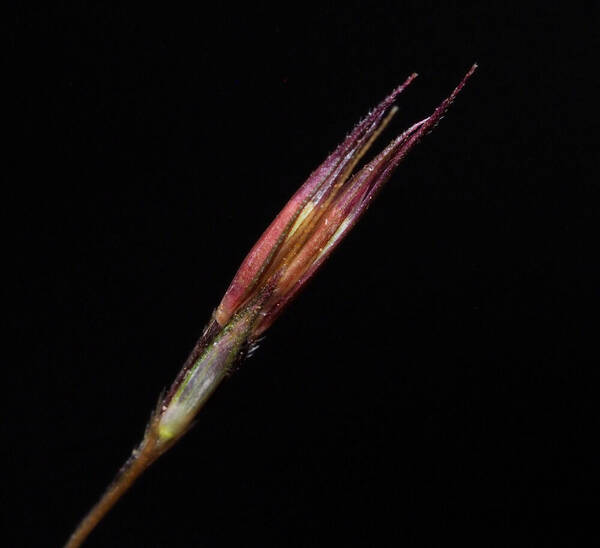
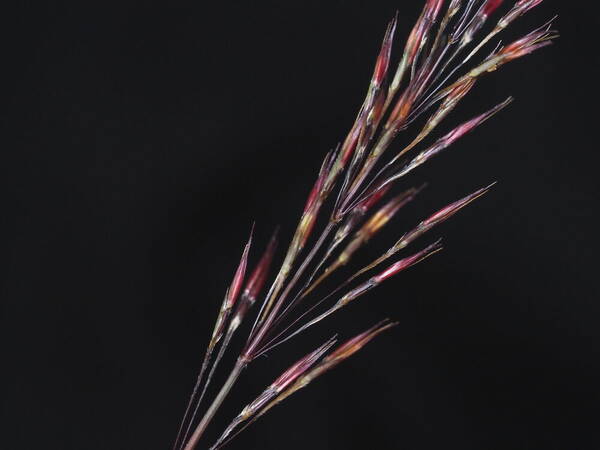
Landscape
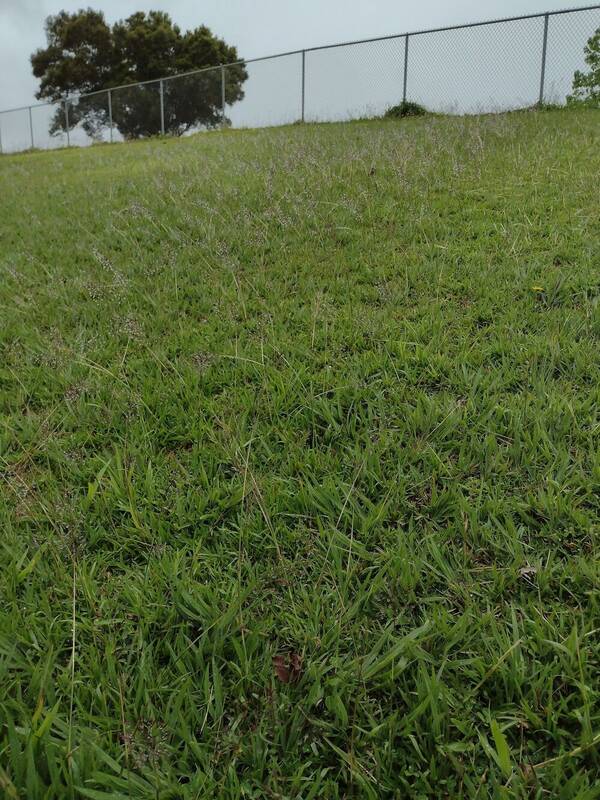
Node
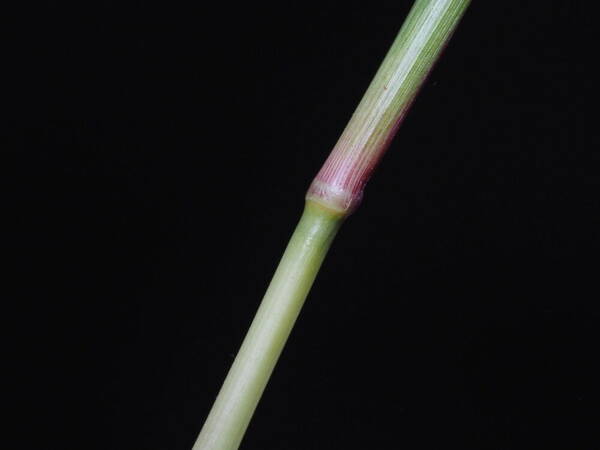
Description
Perennials, stolons extensively creeping, covered with imbricate scale-like old sheaths, sending up numerous sterile leafy shoots; culms 15-25 cm tall, ascending or erect from a decumbent base. Sheaths 1-3 cm long or the uppermost up to 6 cm long, striate, sometimes purple-tinged, imbricate, sparsely pilose at throat and along margins; ligule a densely ciliate ridge ca. 0.2 mm long; blades 2-8 cm long, 3-5 mm wide, the uppermost nearly obsolete, margins scabrous and sparsely serrate, sparsely papillose-hispid near base, thin, glossy, often undulate. Panicles reddish purple, narrowly elliptic, 3-6 cm long, the branches + whorled, 0.5-1.5 cm long, slender, stiffly ascending or appressed; spikelet clusters 6- 8 mm long, disarticulating from the pedicel or branch by a long oblique callus extending down | side as a brown, appressed hispidulous ridge ca. 5 mm long, callus forming a retrorsely bearded, barbed point; sessile spikelet 3-4 mm long, acute, glabrous, hispidulous-scabrous on upper margins, callus pubescent, oblique, ca. 4 mm long, first glume lanceolate, dorsally flattened, ca. 3.8 mm long, 2-nerved, bifid, scabrid-setose, margins revolute, second glume narrowly boat-shaped, ca. 3.4 mm long, 3-nerved, the midnerve prolonged into a short, scabrid-setose awn ca. 0.8 mm long, margins delicately hyaline, pubescent, first lemma ca. 2.8 mm long, delicately hyaline, margins pubescent, second lemma 2.5-3 mm long, narrow, delicately hyaline, tapering into an awn ca. 5 mm long, palea delicately hyaline, oblong-acute, ca. 1.6 mm long; pedicellate spikelets purple, pedicels 2-3 mm long, hispidulous at apex, glumes ca. 5 mm long, scabrous at apex, acuminate or awn-pointed, first floret sterile, second floret staminate, lemmas about opsis oblong, ca. 2 mm long. [2n = 20.]
(Description source: O’Connor, P.J. 1990. Poaceae, pp. 1481–1604. In: Wagner W.L., Herbst D.R. & Sohmer S.H. (eds.)., Manual of the flowering plant of Hawaiʻi. Vol. 2. University of Hawaii Press & Bishop Museum Press, Honolulu )